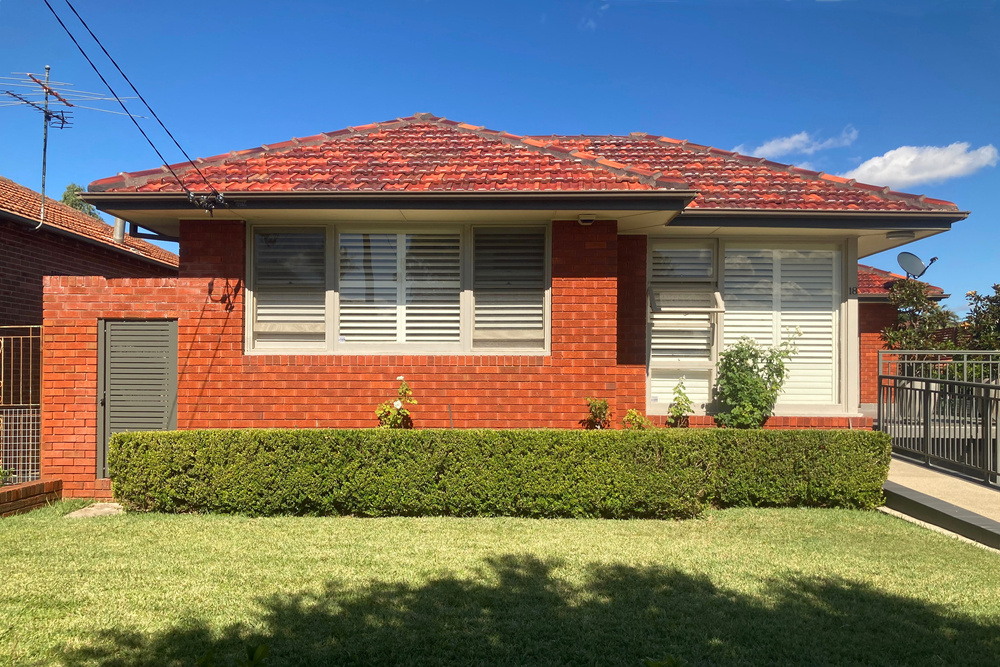Aug
How to choose the right exterior colours for your home
The colours that define your home's exterior can make or break it.
After all, while the colours you choose can have practical applications (e.g. reflecting or absorbing heat), the main role they play to many others is in determining your home's overall aesthetic appeal. A bad choice can do a lot of damage, which can impact on your home's resale value.
In today's blog, we list some of the key factors to remember when choosing the exterior colours for your home.
Take the climate into account
When choosing the colour for your home, the climate is one of the most important factors. Not only will the colours reflect the sense of climate you want to project, but it will play a practical role of accounting for the pros and cons of your literal climate.
When we say 'sense of climate', we mean the visual climate yu want to project when someone looks at your house. Brighter colours (like whites and bright blues) create a sense of airiness and pleasant/cool temperatures. Darker colours help create sense of warmth. But along with creating a sense of these climates, these colours also help achieve these results.
In Queensland, brighter external colours are more common because they work to reflect the oft-intense heat that accompanies a subtropical climate. Conversely, in a state such as Victoria or Tasmania, the darker colours help absorb the heat of the sun, which is important during the much colder winter months. On both a symbolic and practical level, your climate should help dictate the colours you choose.
Test your colours before using them
When you go into a hardware store and seek out one of those colour samples of how different paints will look when applied, you need to keep in mind that they're not always 100% accurate. In fact, when painting an exterior wall, that colour you thought was perfect could end up appearing four shades brighter when exposed to the light of day.
To account for real life factors such as this, you should try and get a proper sample of the colour you're interested in (some of the actual paint, not the sample card), and then paint it on to a large sample area and observe how the colour changes throughout the day. If it manages to maintain the shade and overall look you're going for, then you can proceed with confidence that it'll work.
Use your primary colour to hide unsightly objects
Sometimes, a beautiful exterior can be slightly marred by certain unsightly objects. These could include the downpipes, electricity box, or something of a similar nature that would take away the overall appeal of your homes exterior.
The best way to hide these objects is by painting them in the primary exterior colour you're opting for. It's the basic principle of 'hiding in plain sight'. With the primary colour, unsightly objects will blend in and stand out far less than they otherwise would.
Explore the neighbourhood
If you're struggling on what colours may be best suited for your home, taking a walk around the neighbourhood can be a big help. Spend the time looking at what colours define the neighbourhood (is there a particularly primary colour every home has?) and then assess if those colours fall in line with what you were considering for your own.
The big decision will come in deciding whether not you want to follow suit. Embracing different colours for your home's exterior can help it stand out, but it can be a delicate balancing act. Go for colours that are too different, and your home could en up sticking out like a sore thumb.



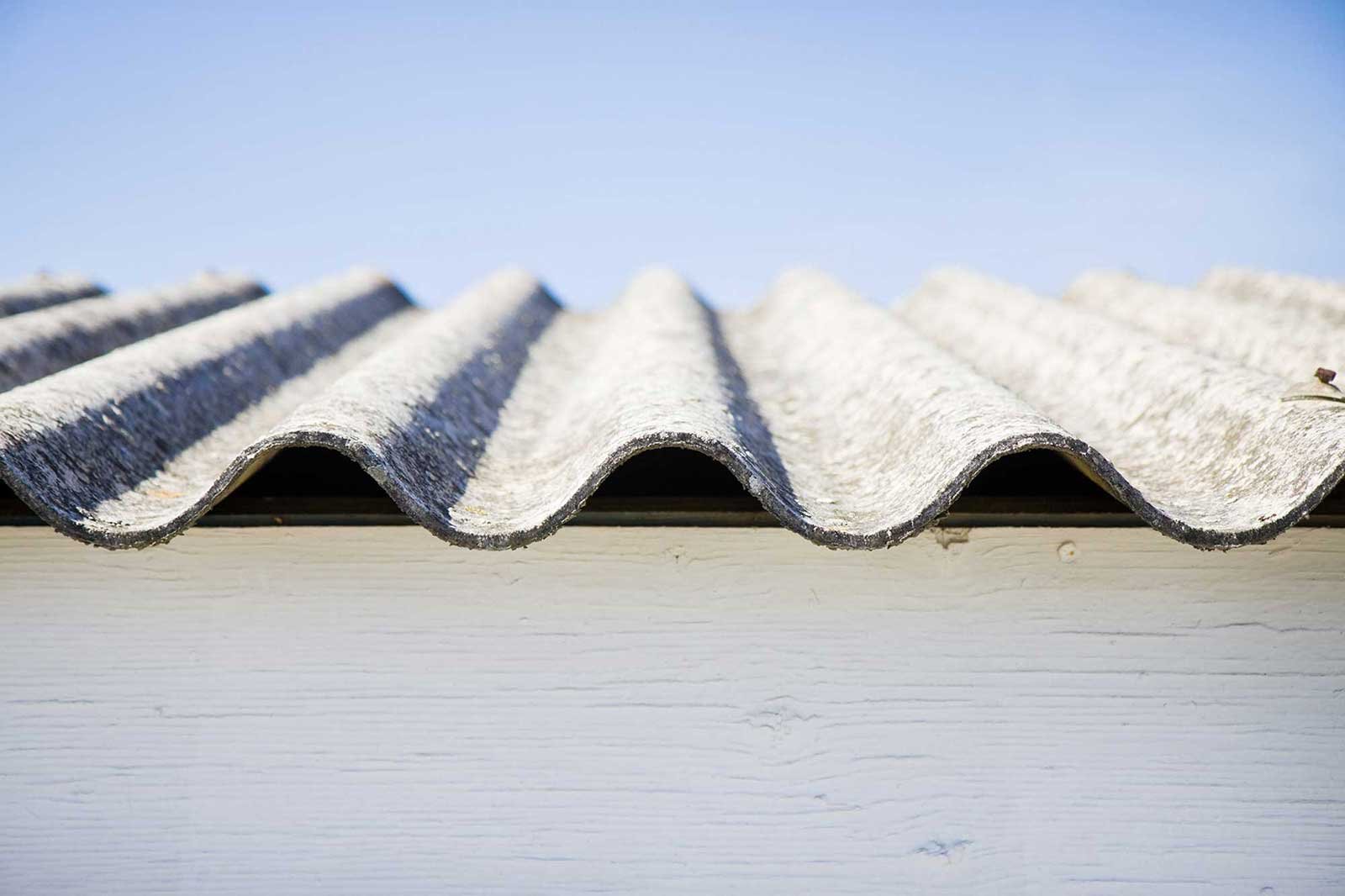




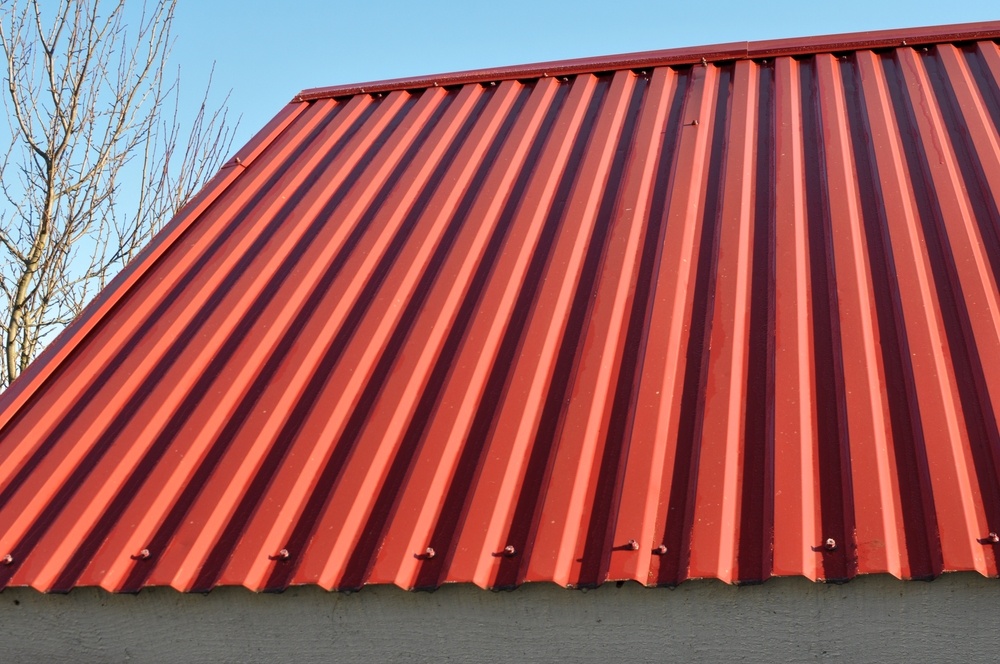
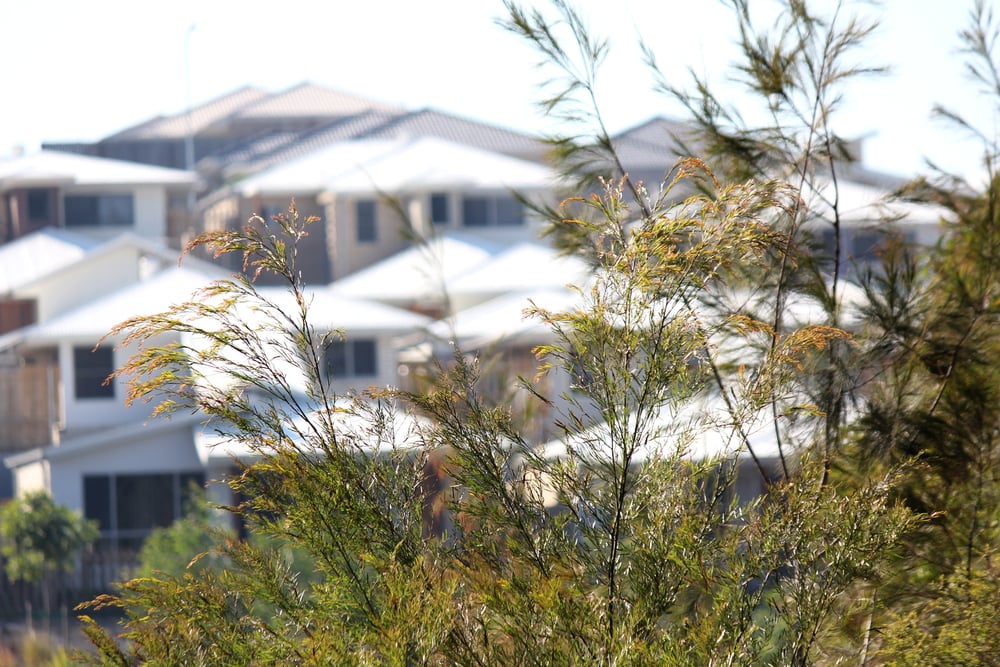

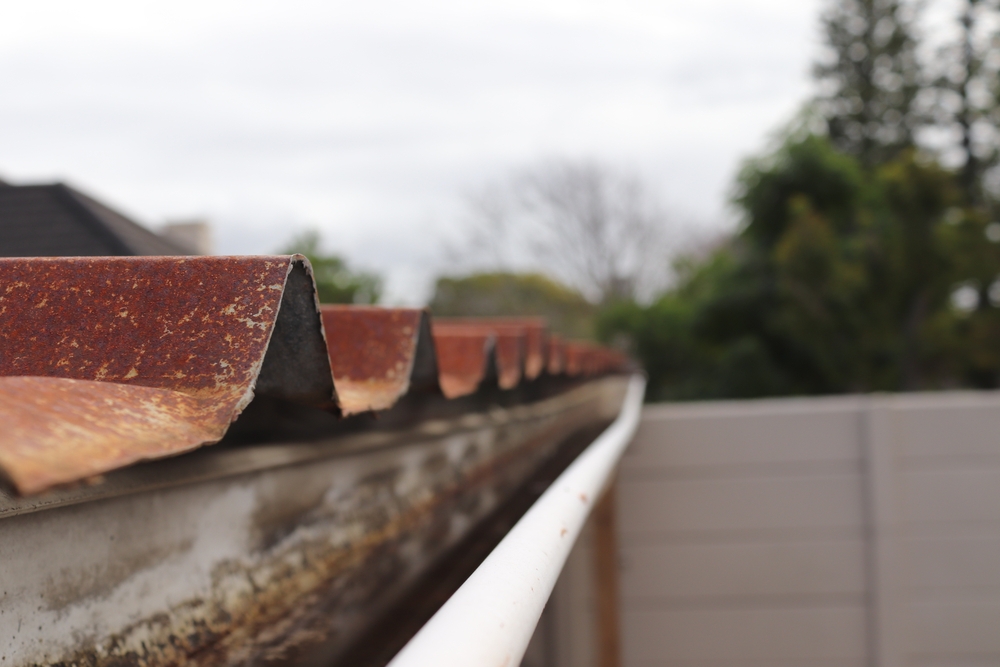
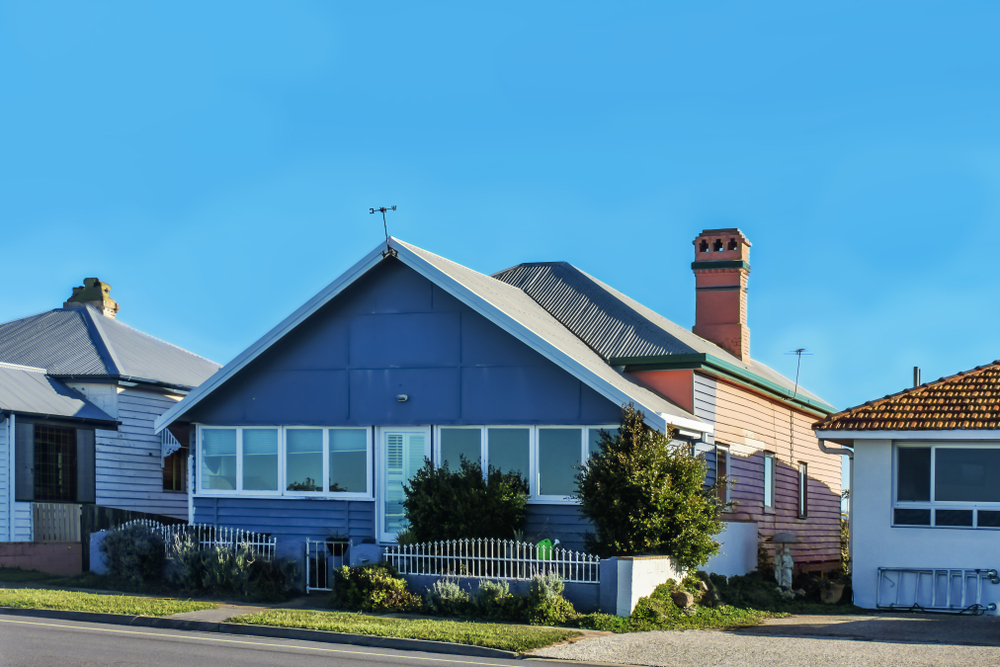


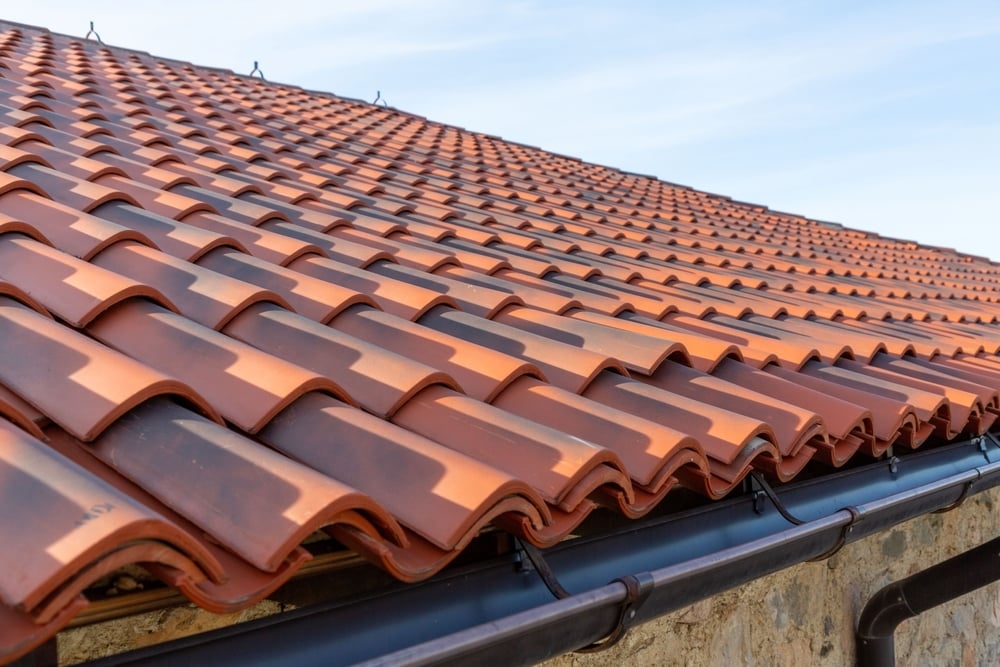
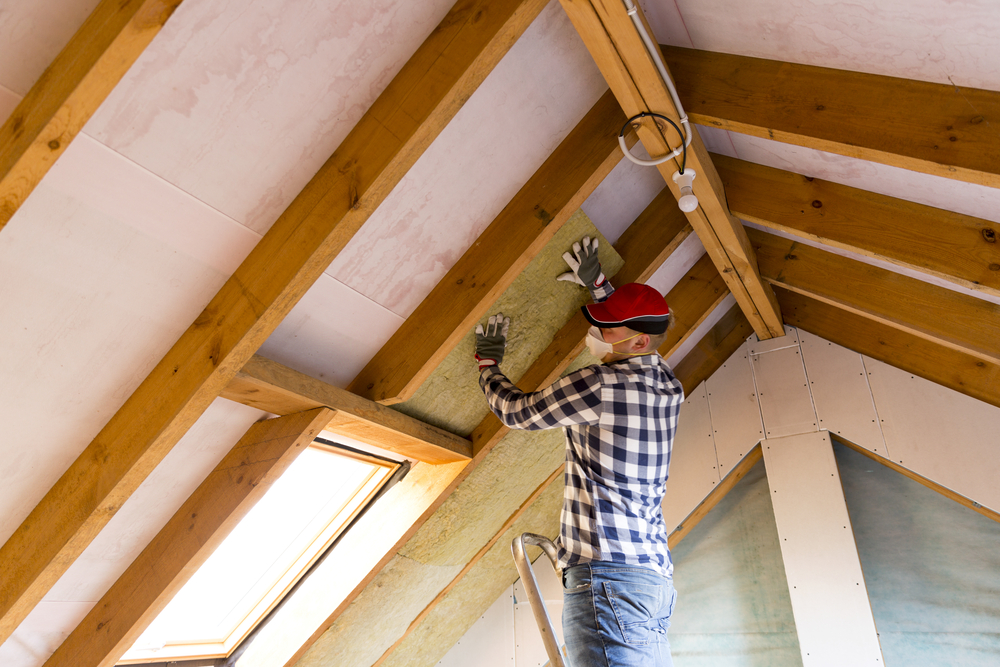
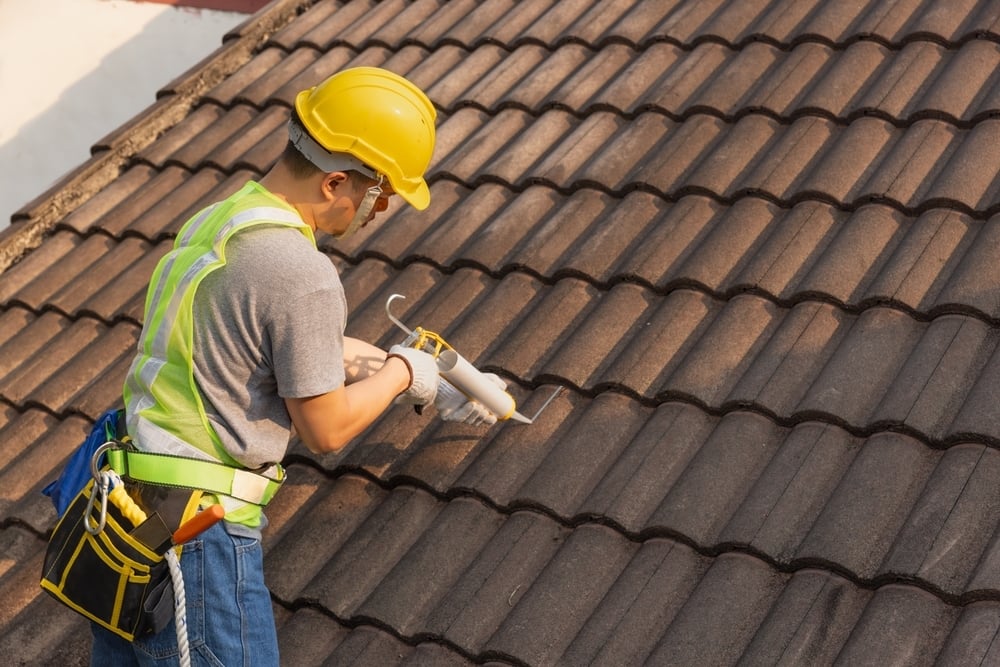
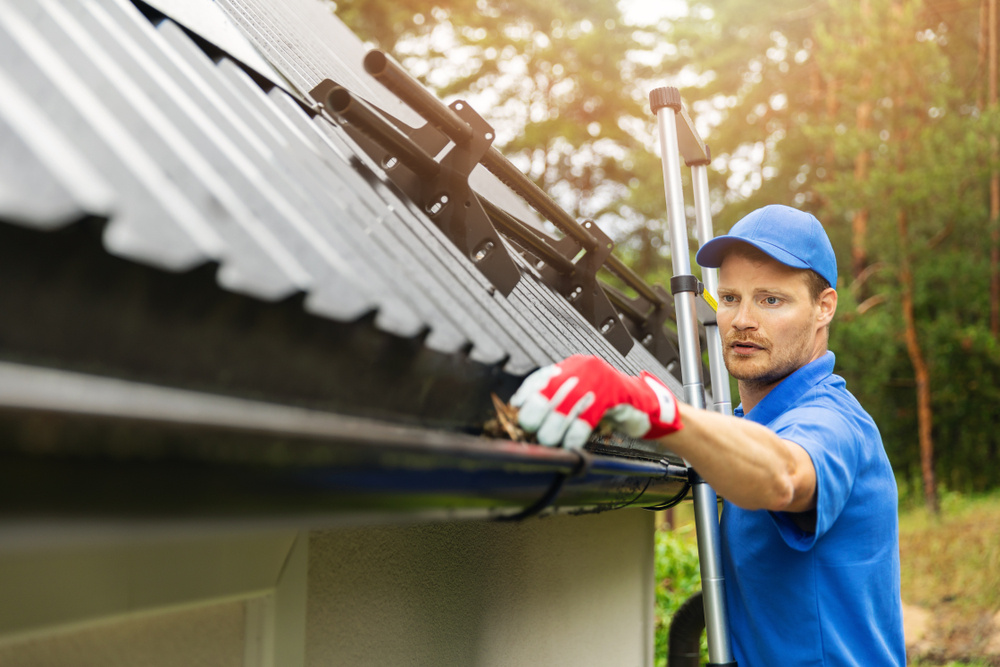
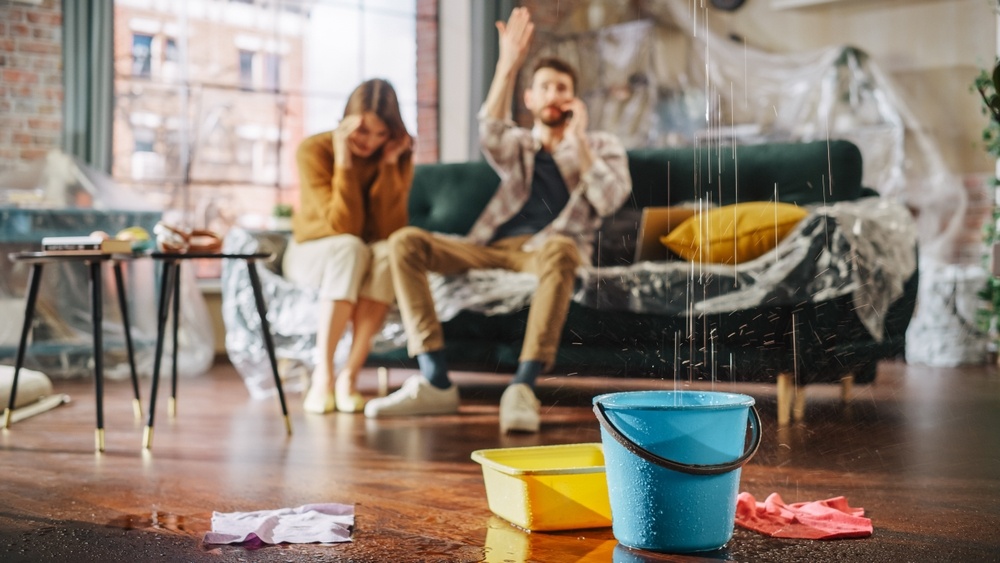
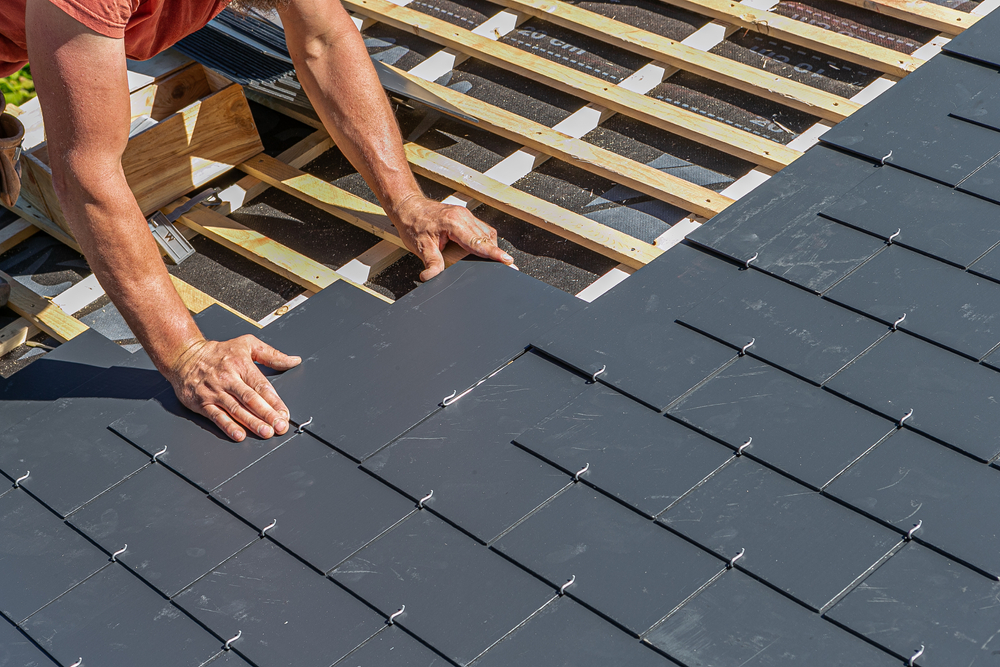
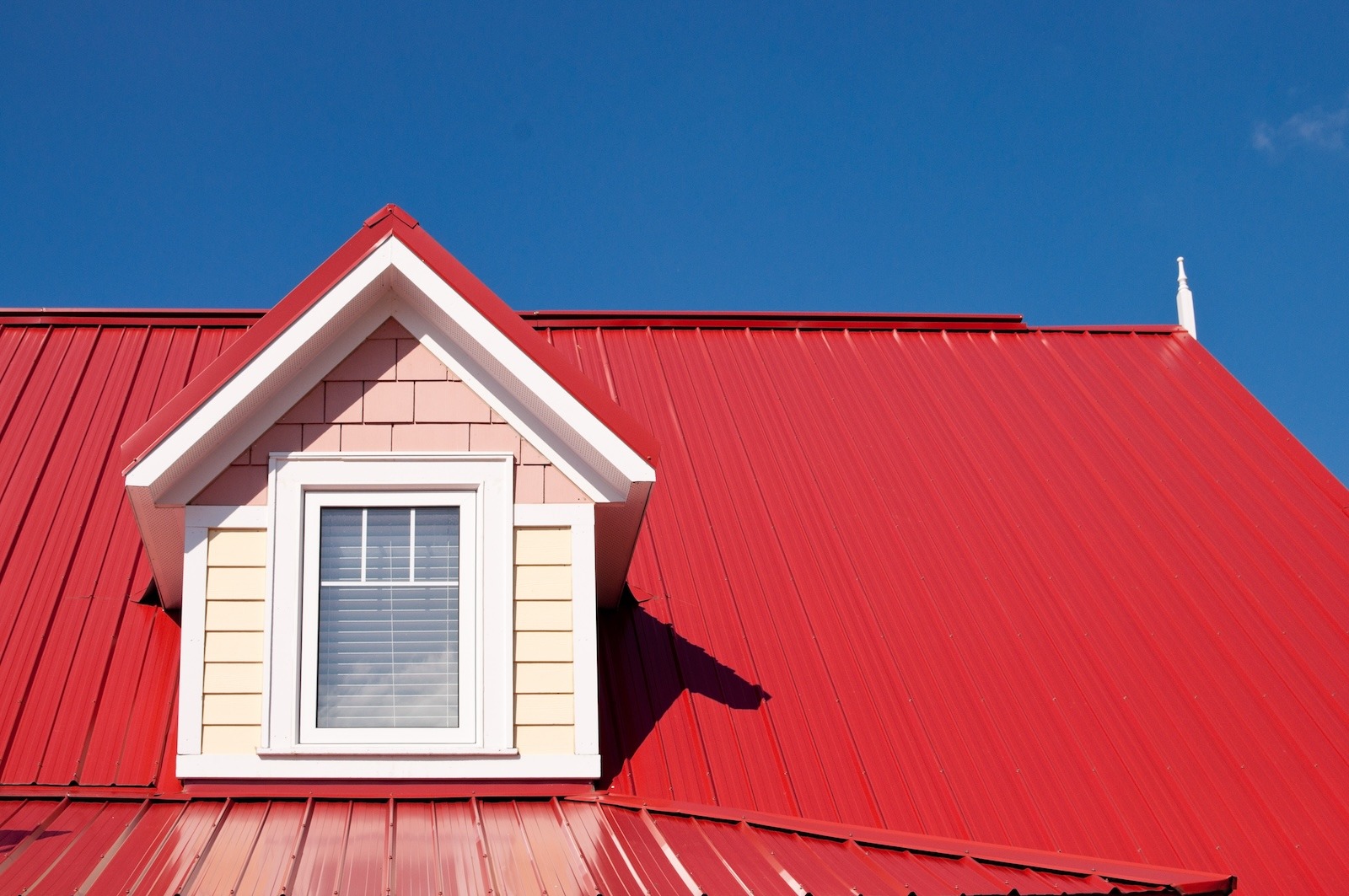
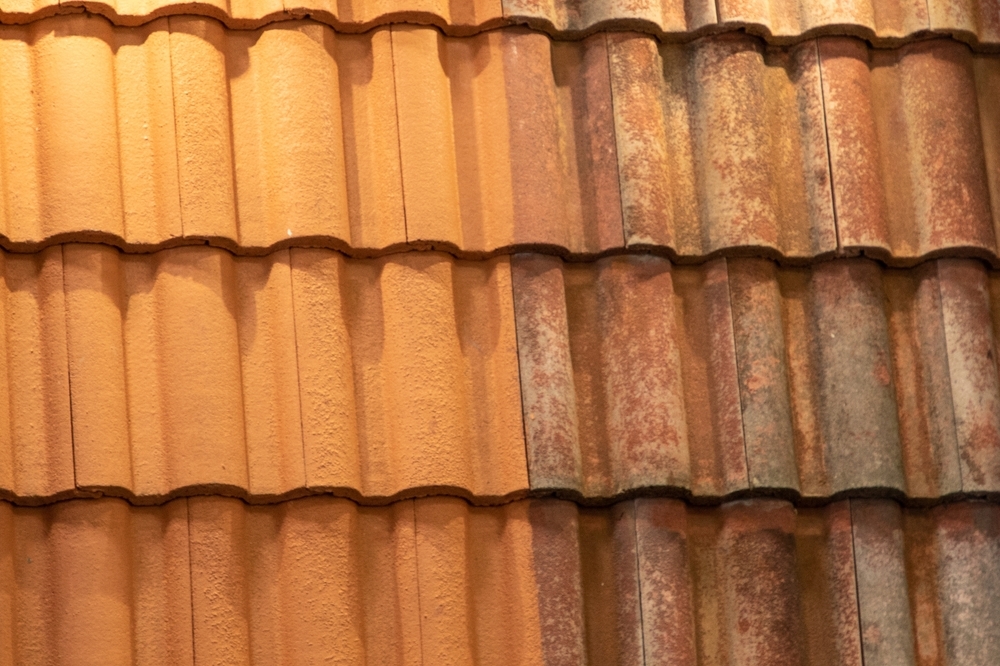
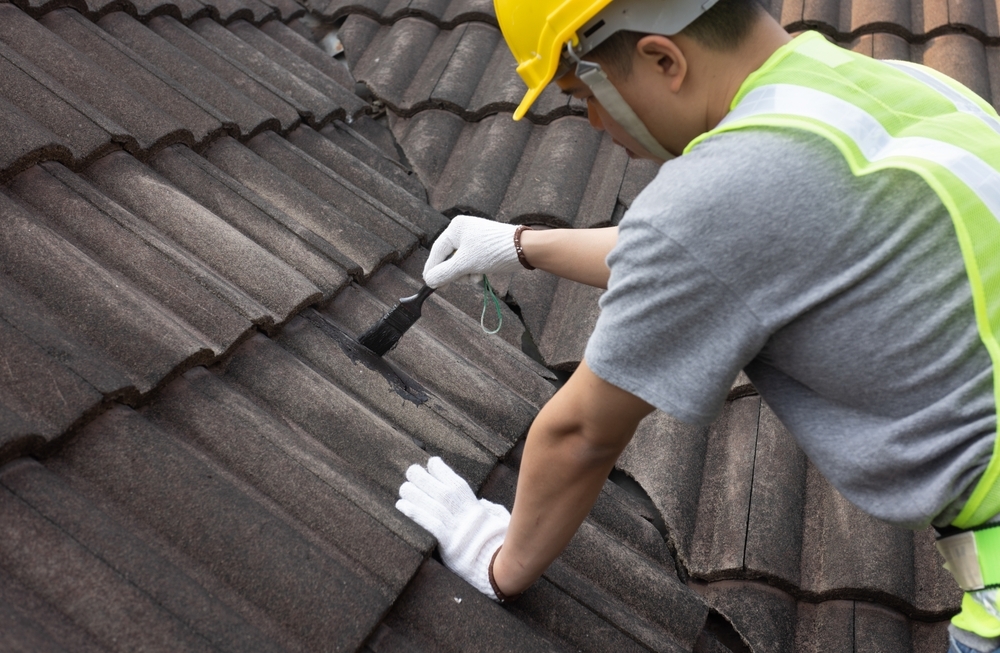
.jpg)
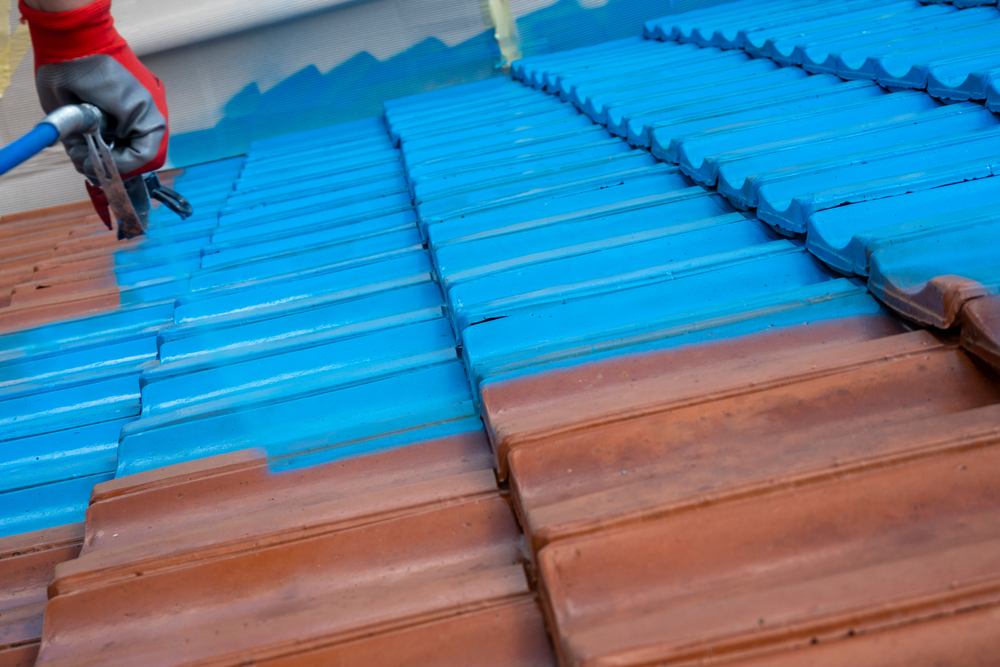
.jpg)
